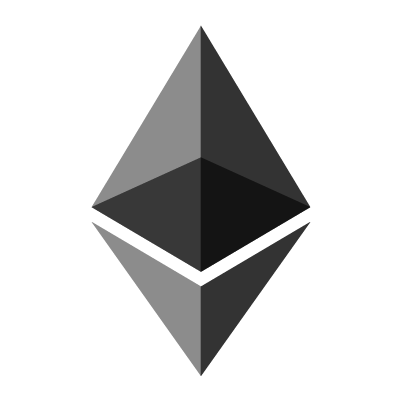Moon week is approaching so don’t forget to HODL your Moons to get a +20% Moons Bonus in the next Distribution!
Hello everyone, I know OGs already know that tip but many new people don’t know yet that every month, you got +20% on the distributed moons if you hodled and didn’t touch your moons during the previous month! And for the ones who don’t know how to get moons, you have to open your vault…
Read more






